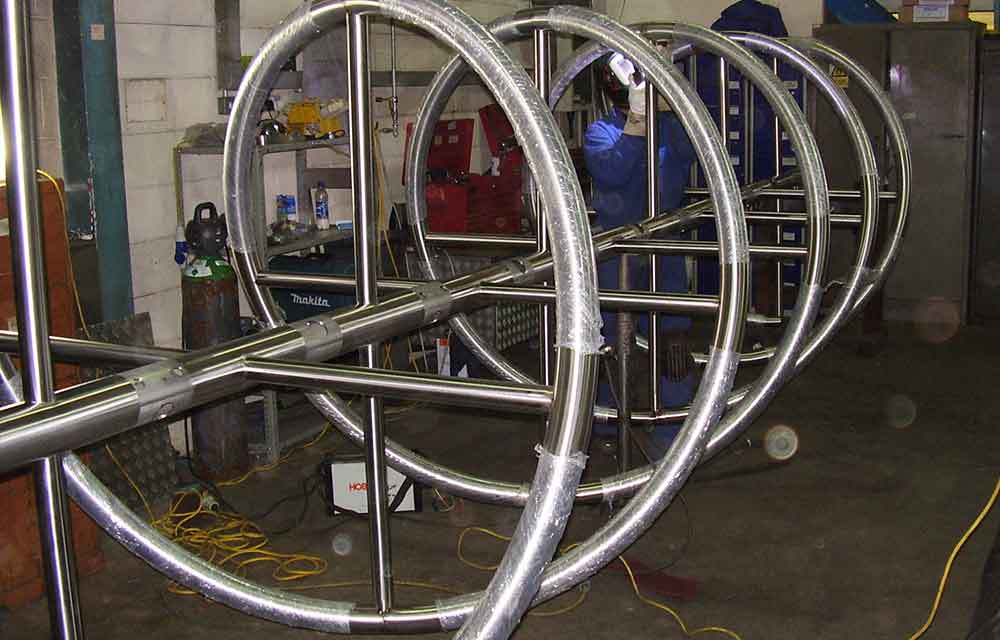In the world of construction and design, architectural metal plays a pivotal role, particularly when it comes to windows and doors. These elements not only contribute to the aesthetic appeal of a building but also enhance its functional capabilities. As industrial manufacturers, understanding the nuances of these materials can significantly impact your projects.
The use of architectural metal in windows and doors is not a new concept. However, recent advancements have made these materials more versatile and appealing. In this guide, we will explore the various aspects of architectural metal for windows and doors, ensuring that you are well-informed and equipped to make the best choices for your needs.

What is Architectural Metal?
Architectural metal refers to metal materials that are specifically used in the construction and design of building elements. These metals are chosen for their durability, aesthetic appeal, and functional properties. Common types of architectural metals include aluminum, steel, and bronze.
Benefits of Using Architectural Metal for Windows and Doors
Durability and Strength
One of the primary reasons for using architectural metal is its durability. Metal can withstand harsh weather conditions, making it an ideal choice for windows and doors. Unlike wood, metal does not warp or rot, ensuring that the integrity of the structure remains intact.
Aesthetic Appeal
Metal offers a sleek and modern look that can enhance the aesthetic value of any building. Whether you’re going for a contemporary design or a classic look, metal provides the versatility needed to achieve your desired style.
Energy Efficiency
When combined with proper insulation, metal windows and doors can significantly improve the energy efficiency of a building. This can lead to reduced energy costs and a more sustainable environment.
Types of Architectural Metal for Windows and Doors
Aluminum
Aluminum is lightweight, corrosion-resistant, and offers excellent thermal performance. It’s a popular choice for windows and doors due to its cost-effectiveness and versatility in design.
Steel
Steel is known for its strength and durability. It provides excellent security and is often used in high-traffic areas. Steel windows and doors can also be fire-rated, offering additional safety features.
Bronze
For a more luxurious and unique appearance, bronze is an excellent choice. It develops a natural patina over time, which adds to its charm and character.
Design Considerations for Architectural Metal
When designing with architectural metal, there are several factors to consider. These include the overall aesthetic of the building, the functional requirements of the windows and doors, and the maintenance needs of the metal.
Aesthetic
The choice of metal can significantly impact the look of your project. It’s essential to choose a metal that complements the overall design and enhances the building’s visual appeal.
Functional Requirements
Consider the functional needs of the windows and doors. This includes factors such as security, energy efficiency, and noise reduction. The metal you choose should meet these requirements while maintaining the desired aesthetic.
Maintenance
All metals require some level of maintenance to keep them looking their best. Regular cleaning and inspections can help identify any potential issues early on. For more detailed guidance, you can visit how to maintain architectural metal finishes.
Installation and Fabrication
The installation of architectural metal windows and doors requires precision and expertise. It’s crucial to work with experienced fabricators who understand the intricacies of metalwork. For tips on choosing the right fabricator, check out how to choose an architectural metal fabricator.
Case Studies and Examples
To understand the impact of architectural metal in real-world applications, let’s look at some case studies. These examples illustrate the versatility and benefits of using metal in windows and doors.
Modern Skyscrapers
Many modern skyscrapers use aluminum and steel in their window designs. These metals provide the necessary strength and aesthetic appeal required for such large structures.
Historic Buildings
In historic buildings, bronze is often used to maintain the building’s original character while providing modern functionality. For insights into restoration projects, see architectural metal restoration projects.
Conclusion
The use of architectural metal for windows and doors offers numerous benefits, including durability, aesthetic appeal, and energy efficiency. By understanding the different types of metals and their applications, industrial manufacturers can make informed decisions that enhance their projects.

Frequently Asked Questions
What is the most durable metal for windows and doors?
Steel is considered one of the most durable options due to its strength and resistance to harsh conditions.
Can architectural metal be used in residential buildings?
Yes, architectural metal is versatile and can be used in both residential and commercial buildings.
How do I maintain metal windows and doors?
Regular cleaning and inspections are essential. For more detailed maintenance tips, visit how to maintain architectural metal finishes.
This article contains affiliate links. We may earn a commission at no extra cost to you.

